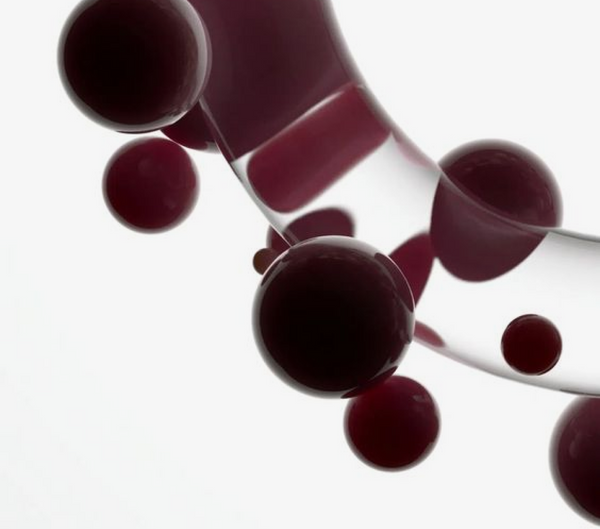Brought to you by Breast Cancer Prevention Partners
Fragrance. It’s one little word that packs a big toxic punch. Unknowingly, we as consumers use scented products that may cause serious chronic health issues, like cancer, hormone disruption, and reproductive harm. Why unknowingly? Due to the lack of federal regulation and the near absence of company fragrance ingredient transparency, too many chemicals of concern are hiding under that dirty F word on the label.
So, since companies don’t want to tell us about the hazardous chemicals that could be lurking in “fragrance,” we (Breast Cancer Prevention Partners) decided to test 32 commonly used personal care and cleaning products from around the country to see what we could find. Because you have the right to know what’s in the products you bring into your home and use at your workplace!
Our results are downright shocking.
In the Breast Cancer Prevention Partners report, "Right to Know: Exposing toxic fragrance chemicals in beauty, personal care and cleaning products," we found the following:
338. We found a total of 338 fragrance chemicals used in the 25 personal care products we tested.
3/4. An overwhelming majority (three-quarters) of the chemicals linked to chronic health effects like cancer, birth defects, respiratory harm, neurotoxicity, hormone disruption, or aquatic toxicity detected in the products we tested are fragrance chemicals.
The worst. The product with the highest number of chemicals linked to chronic health effects is a kids' shampoo, Just for Me, marketed to African-American girls in a hair relaxer kit. We found 4 carcinogens, 19 potential hormone-disrupting compounds, and 6 chemicals linked to reproductive and developmental toxicity.
Breast cancer links. We found several products with chemicals linked to breast cancer, such as benzene and 1,4-dioxane, which have been associated with mammary tumors in laboratory studies. We also found a number of hormone-disrupting compounds with links to breast cancer: oxybenzone, propylparaben, and phthalates (DEHP and DEP).
Educate yourself on the products you're using by reading the full report here.



